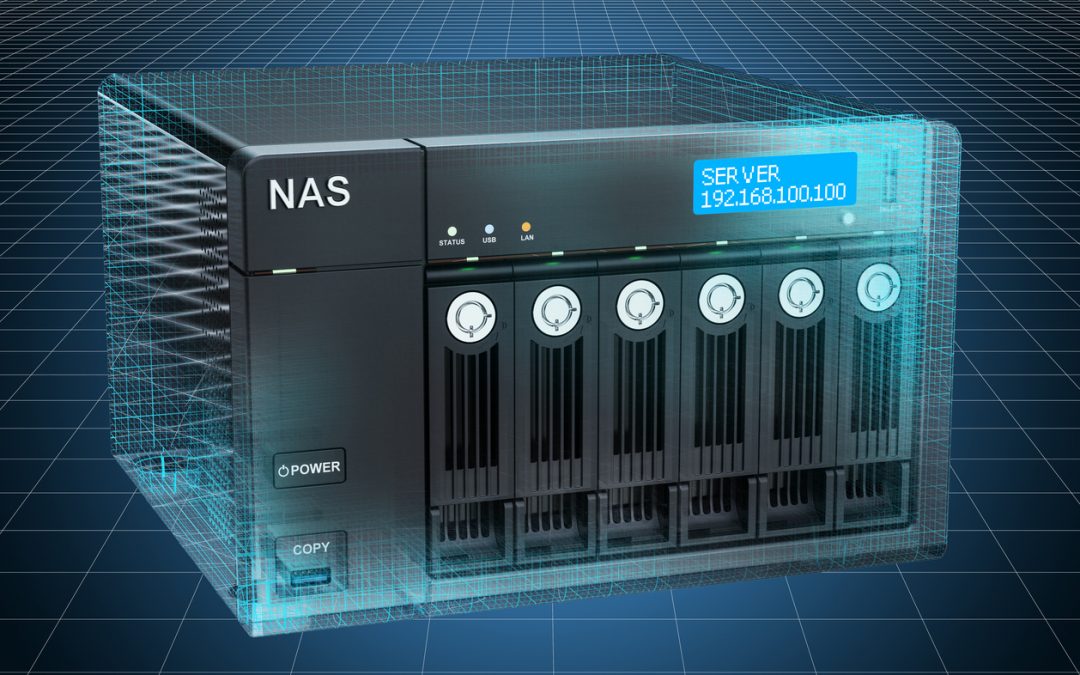Whether you are a home user or a small business that works with media files, a network-attached storage device, or NAS is an excellent choice for data backups and serving files to devices on your local network. When you are working with media files, the topmost criteria are fast performance, high storage capacity, and a friendly user interface.
Top Considerations for a NAS Device
The top considerations for choosing a NAS Device are as follows:
Interface and OS: The interface can be a chief consideration. It should be easy to use and intuitive. This feature from The New York Times’ Wirecutter rates QNAP as having one of the best OS.
Fast Processing Speeds: When working with media files, file transfer speeds need to be high. You should refer to the latest speed test reviews to shortlist the best NAS devices.
Drive-Health Notifications: Data is precious and so is the drive it is stored on. A NAS with DA Drive Analyzer software can alert you about issues with the health of the drives and recommendations on what you should do to prevent drive failures and improve drive performance.
Support for Multiple Users: It is a good practice to create a unique user account for people accessing your NAS and give them the appropriate permissions. You should make sure that the interface of the NAS device supports such a feature.
Support for Multiple NAS Systems: Another good feature of the ULINK DA Drive Analyzer is that multiple NAS systems can be supported on a single account. This will ensure that when you upgrade to multiple NAS systems, you can continue using the same account to manage and monitor the NAS devices.
QNAP and ULINK Release DA Drive Analyzer, AI-powered Drive Failure Prediction Tool for NAS
Photo Credit: AlexLMX

